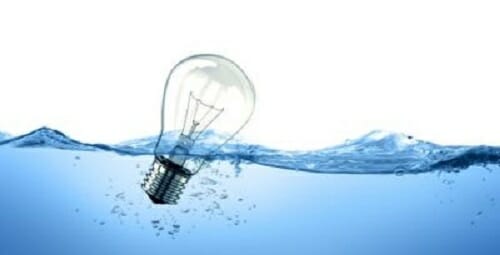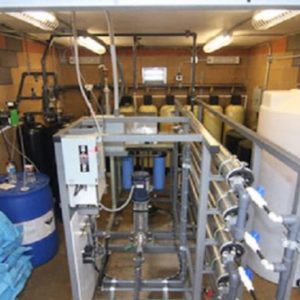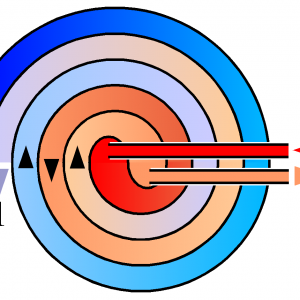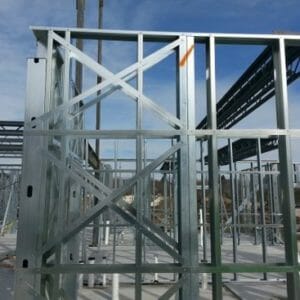E – 1566 Energy Efficiency in Water & Wastewater Facilities
$75.00
Courses Included
This online engineering PDH course describes how local governments can improve the energy efficiency of their water and wastewater facilities. The course focuses primarily on three strategies: 1) equipment upgrades, 2) operational modifications, and 3) modifications to facility buildings. In addition, policy mechanisms that some local governments have used to support energy efficiency programs in their operations are described. Investment and financing opportunities, including federal, state, and other programs that may be able to help water and wastewater facilities with information or financial and technical assistance, are presented. The course gives two case studies of water or wastewater facilities that have successfully improved energy efficiency in their operations. Additional examples of successful implementation are provided throughout the guide.
This course is based on the Environmental Protection Agency document, “Energy Efficiency in Water and Wastewater Facilities,” from the EPA’s Local Government Climate and Energy Strategy Series, 2013.
Description
This online engineering PDH course describes how local governments can improve the energy efficiency of their water and wastewater facilities. The course focuses primarily on three strategies: 1) equipment upgrades, 2) operational modifications, and 3) modifications to facility buildings. In addition, policy mechanisms that some local governments have used to support energy efficiency programs in their operations are described. Investment and financing opportunities, including federal, state, and other programs that may be able to help water and wastewater facilities with information or financial and technical assistance, are presented. The course gives two case studies of water or wastewater facilities that have successfully improved energy efficiency in their operations. Additional examples of successful implementation are provided throughout the guide.
This course is based on the Environmental Protection Agency document, “Energy Efficiency in Water and Wastewater Facilities,” from the EPA’s Local Government Climate and Energy Strategy Series, 2013.
- Establishing the facility’s energy policy and overall energy improvement goals
- Assessing current energy baseline status
- Identifying energy objectives and targets
- Upgrading equipment such as pumps and blowers
- Modifying operating practices such as reducing the amount of energy required to perform specific tasks
- Modifying facility buildings such as installing efficient lighting, heating, and cooling equipment
- Maintaining the energy improvement program
- Case studies






